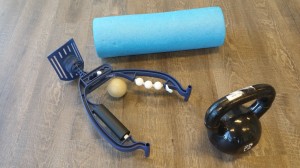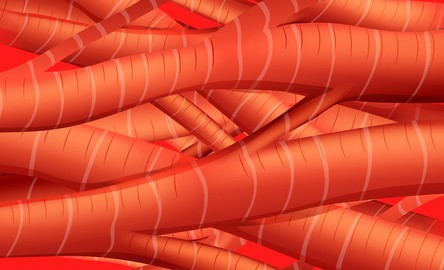At our Oakville Physiotherapy, Massage and Foot Clinic we see people for a variety of injuries and issues from a fresh ankle sprain or chronic rotator cuff injury seen by a Physiotherapist, to a follow-up appointment for ingrown toenail surgery by Brittney the Chiropodist. A lot of decisions regarding treatment and education to our patients is based on where they fall on on the stages of healing.
As Physiotherapists we assess numerous patients at different stages of healing for various of injuries. It is important to communicate the history of when and how the injury occurred. Along with the history of the injury, the assessment findings can help Physiotherapists determine the diagnosis as well as the stage of healing you are in. The stage of healing helps determine the treatment progressions and what to do / not to do.
After an injury, soft tissue structures in the body undergo a natural healing process through specific phases of healing, regardless if any physiotherapy intervention was done. The timeline for healing depends on the individual, extent of the injury, age and overall health status. Physiotherapy helps facilitate quicker, proper healing resulting in a smaller risk of re-injury, chronic pain and dysfunction. One of the main risks of future injury is how well you rehabbed or recovered from a previous injury / surgery.
The 3 Stages of Healing:
Acute Inflammatory Phase: Day 1-7
Inflammation has a bad reputation, but acute (fresh) inflammation is actually essential for tissue repair. Immediately following an injury, there will be inflammation and bleeding in the injured area that results in pain, redness, swelling and heat. This is a result of a vascular and cellular response that releases required chemicals for the healing process and allows for an increase in blood flow to the area. The increased pressure from the swelling in the area as well as the chemicals irritating local nerves cause more pain. The process breaks down and digests damaged cells and sets the stage for the next phase. In this phase, the “R.I.C.E.” protocol in advised – rest, ice, compression and elevation. Physiotherapy treatment is mainly focused on education to allow the body to move into the next healing stage and decreasing pain and swelling. This acute inflammatory stage is also normal after a toenail surgery, and Oakville Chiropodist Brittney will educate her patients on what to expect in this stage.

Fibroblastic Repair/Subacute Phase: Can begin at Day 4, up to 6 weeks
This phase begins as the inflammation settles down and your body begins to repair the damaged tissue by laying down collagen. New collagen fibres are put down in a disorganized fashion in the form of scar tissue, which is weaker and less flexible than normal tissues of the area. In this phase you likely will also have less pain. As such, during the phase, there is a high risk of re-injury since the new collagen fibres can’t withstand as much stress as normal tissue. This is often the phase when you start to feel better and return to regular activities too soon, only to experience a set back in your progress. Physiotherapy treatment during this phase is focused on regaining range of motion, joint and scar mobilization and exercises to promote re-alignment of the collagen fibres.
Remodelling Phase: As early as 2-3 weeks, up to months or years
As healing progresses, the tissues improve in quality, organization and strength. The remodelling phase is focused on increasing the cellular organization of the collagen fibres and increasing the strength between the bonds. In this phase, adding stress to the tissues is important to realign the fibres along the proper lines of stress, which will allow the tissues to accomodate increased loads placed on the tissues. Physiotherapy during this phase is focused on regaining full range of motion and improving strength through eccentric exercises and increasing resistive loads.

Take home message: Be patient and listen to the advice from your physiotherapist. Each treatment, exercise and piece of advice is based on your stage of healing and is prescribed for a reason!

